Some improvements but still on the case!
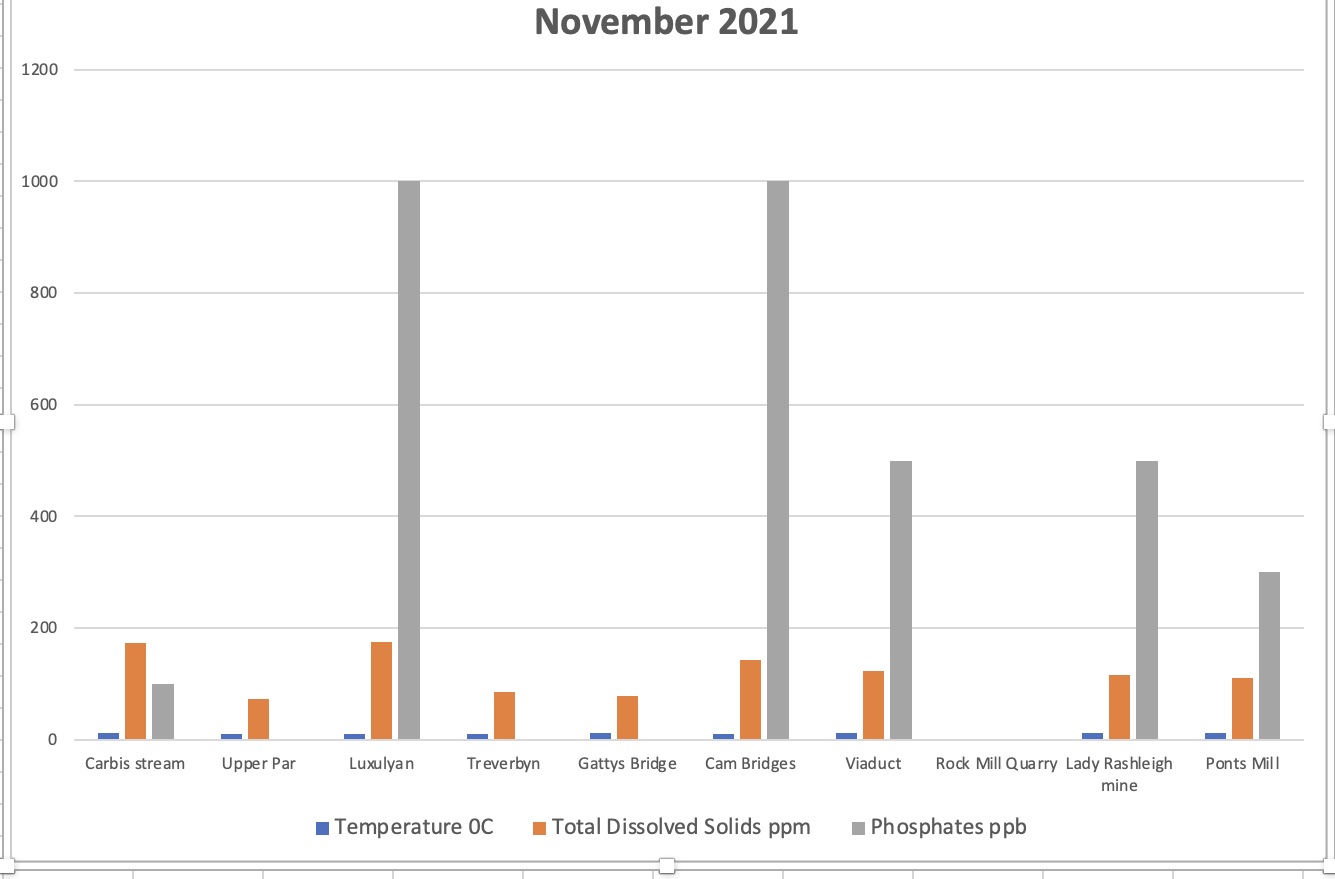
Note: Rock Mill Quarry site is no longer being monitored as this site is adequately represented at the Viaduct and Lady Rashleigh sites and enables other sites to be monitored instead (see below).
The key points from this month's monitoring are that phosphate readings are still high but not as extreme as last month. The matter of the metal outfall pipe at the Luxulyan site is still being investigated by the Environment Agency, who have asked South West Water about it.
The chart below shows phosphate levels (indications of pollution) at all our monitoring sites since July 2021, showing clearly that the pollution affects the river Par rather than any of its tributaries: the Carbis, Treverbyn or Bokiddick streams. The source of the Par at Criggan Moor is also unaffected. These readings, although basic, suggest a source of pollution to originate from the Sewage Treatment Works and/or down stream of there.
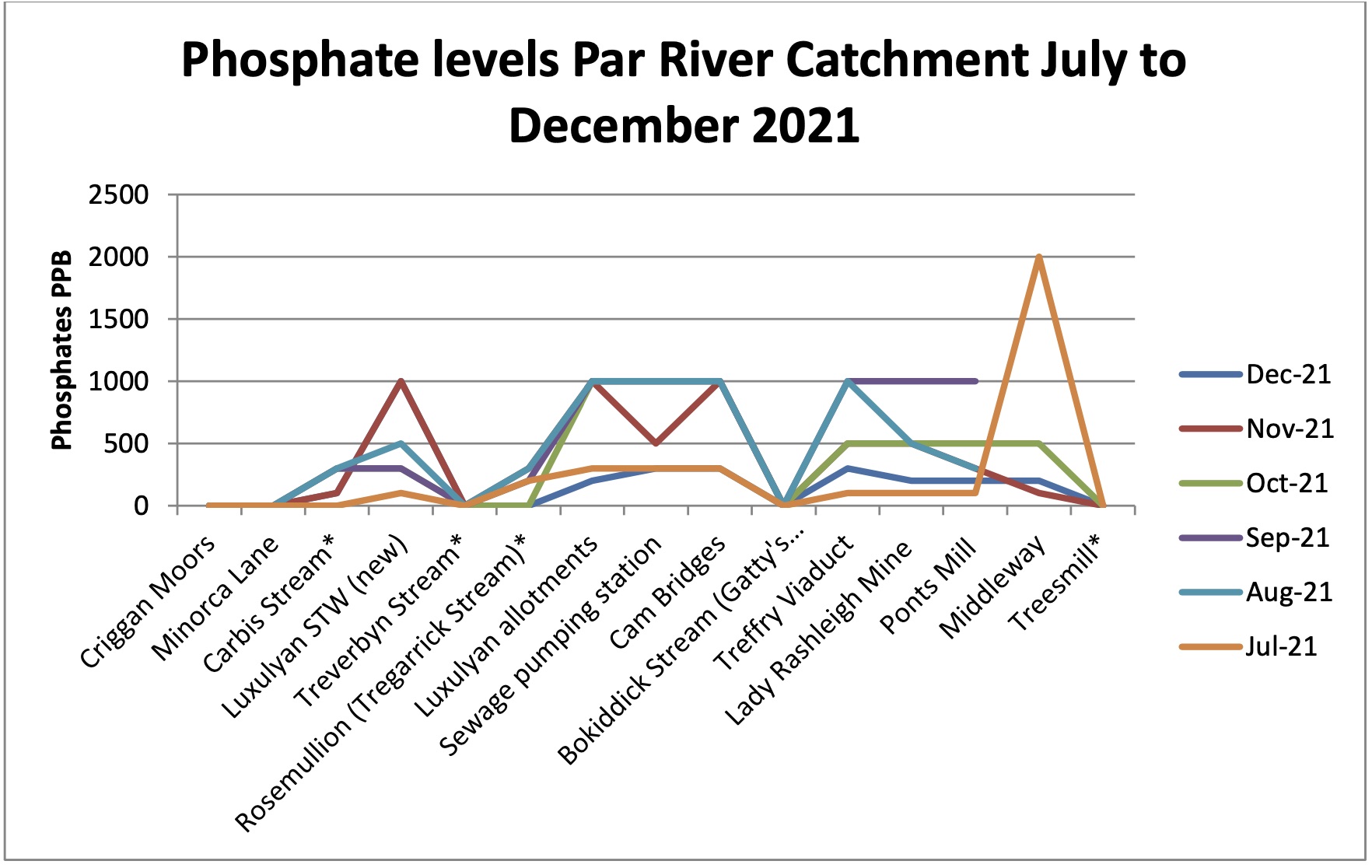
It would seem that the selection of a new monitoring point, downstream from the Luxulyan STW, on the opposite bank, and a few metres from the unexplained outfall, is indicating the point where phosphate levels become elevated. This does not prove that the SWW treatment works is the cause but it will be interesting to see what the EA investigations initiated in October 2021 reveal.
Although lower in phosphates, the Carbis Stream continues to flow white (see below). This is not the only watercourse in the clay country to do so. It has been assumed that this is the result of material washed from its banks when the stream is higher, but as it is an assumption a more careful search for the cause of this contamination may be warranted.
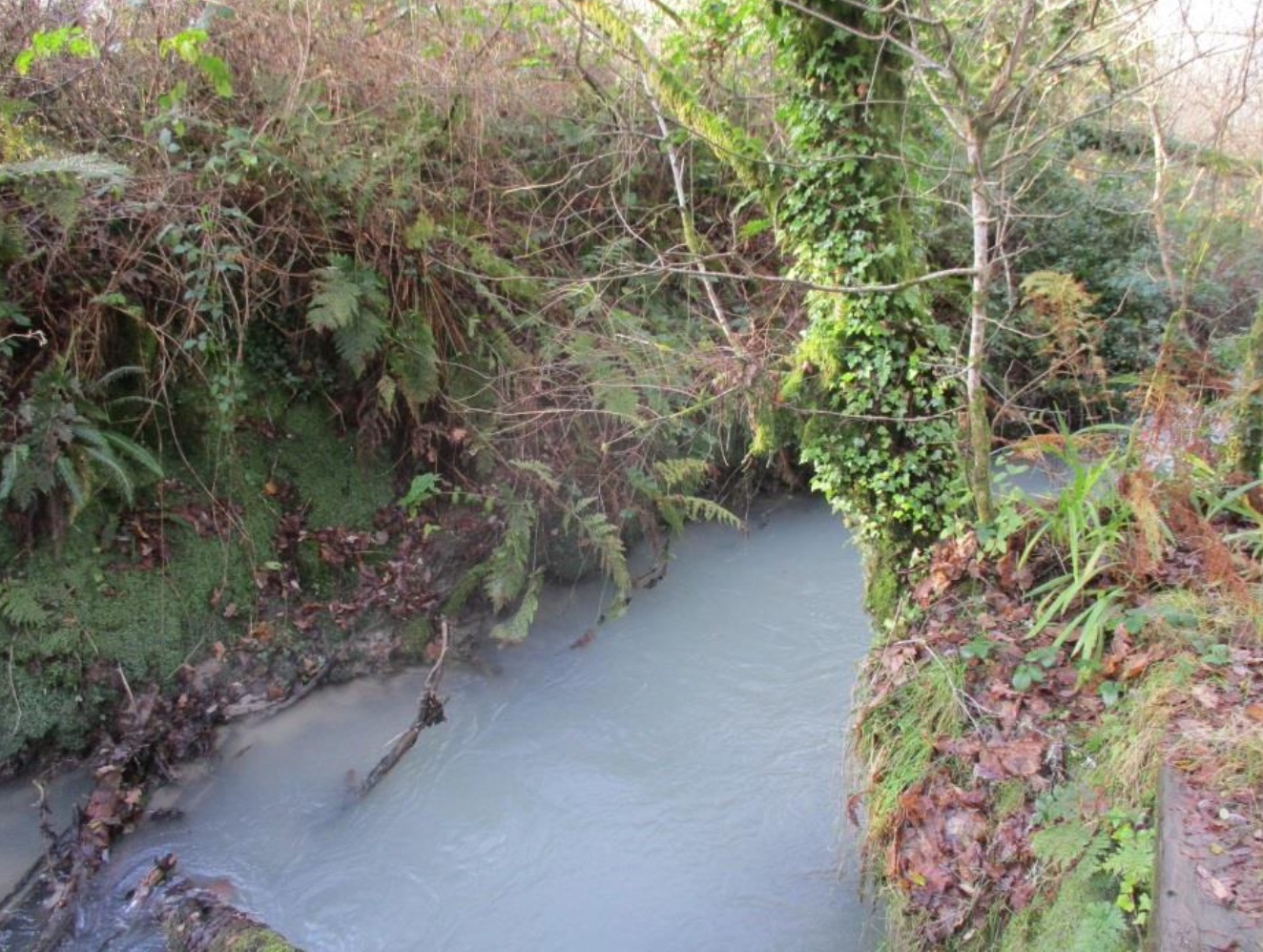
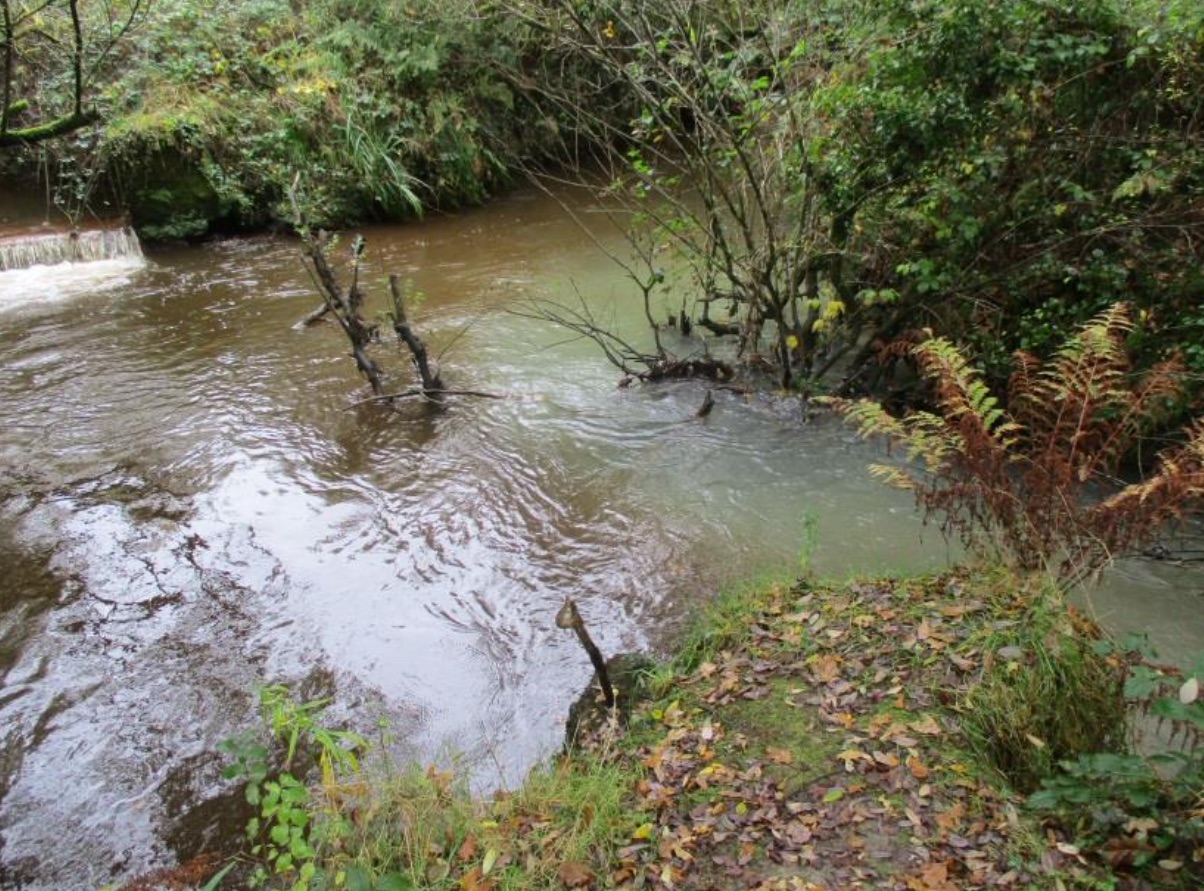
Above: the Carbis stream flowing white and where it joins the River Par showing the contrasting colours
What has also become clear in the last months is the importance of organisations such as the Westcountry Rivers Trust (WRT) and its volunteers operating the citizen science programmes who do the monitoring and reporting that is lacking due to an under resourced Environment Agency. Our rivers are in decline everywhere, but the evidence collected by groups such as ours can help lobby government and challenge water companies to do better.
There is some good news!
Our otter surveys continue to confirm their presence in the Luxulyan Valley section of the Par River.
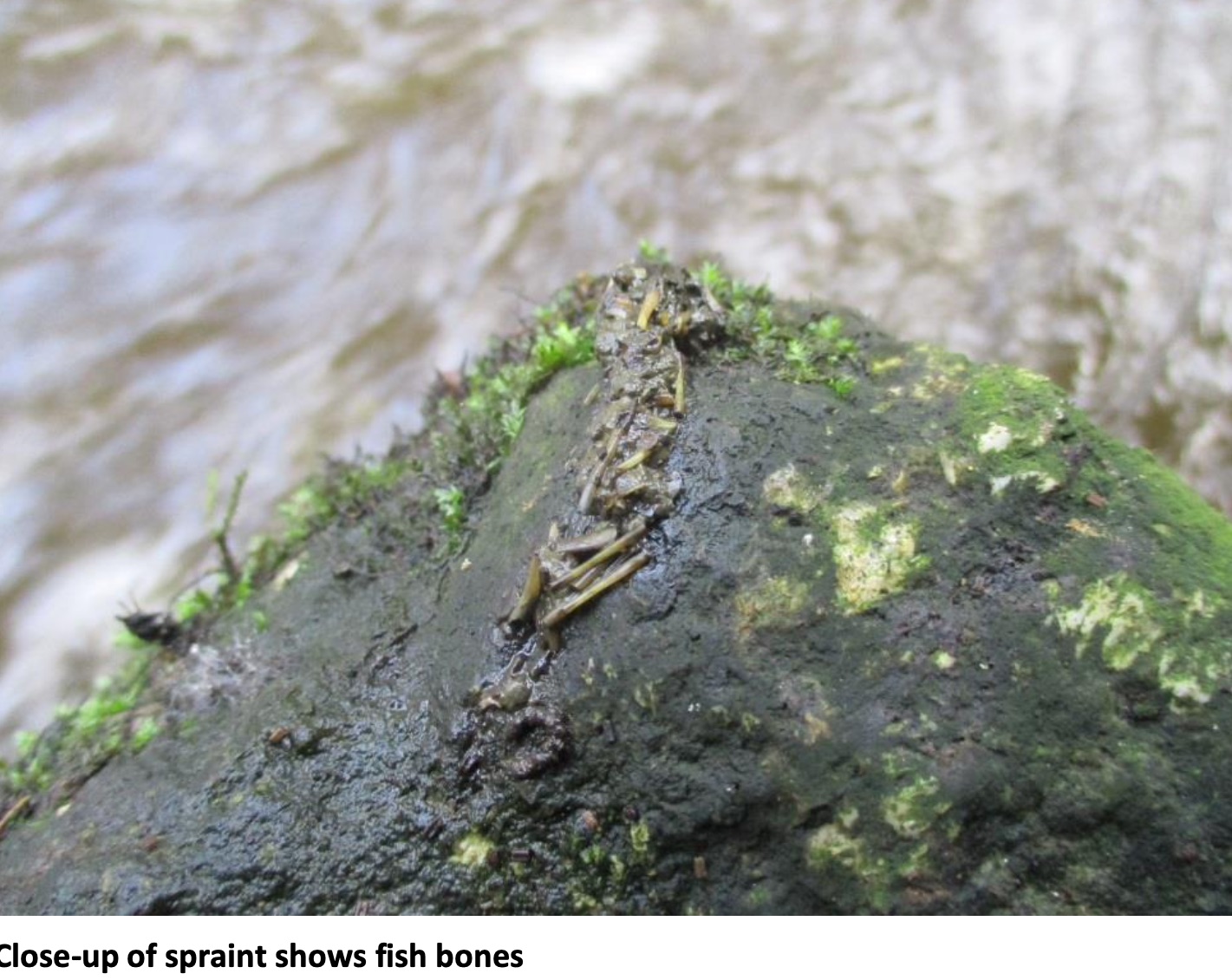
With thanks to Roger Smith for compiling our reports from which the images and information is taken.

